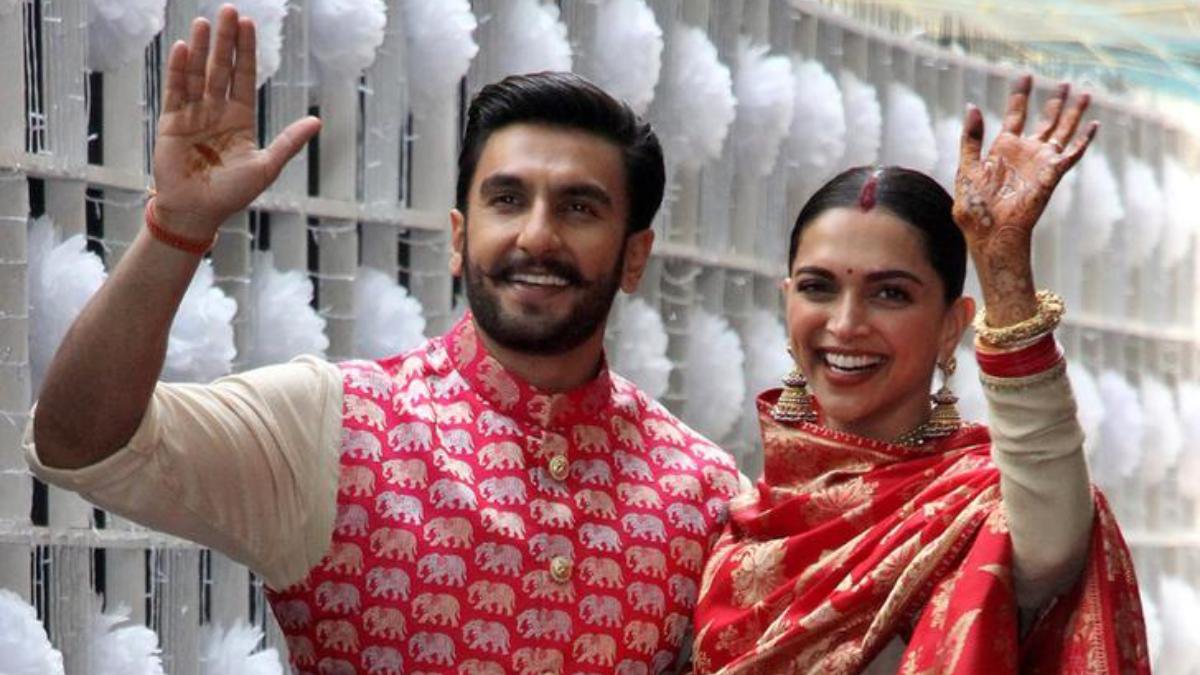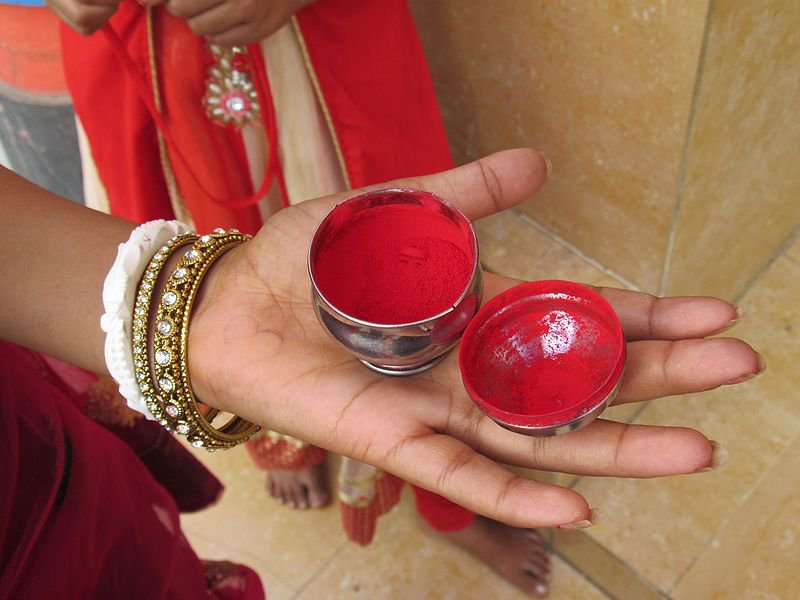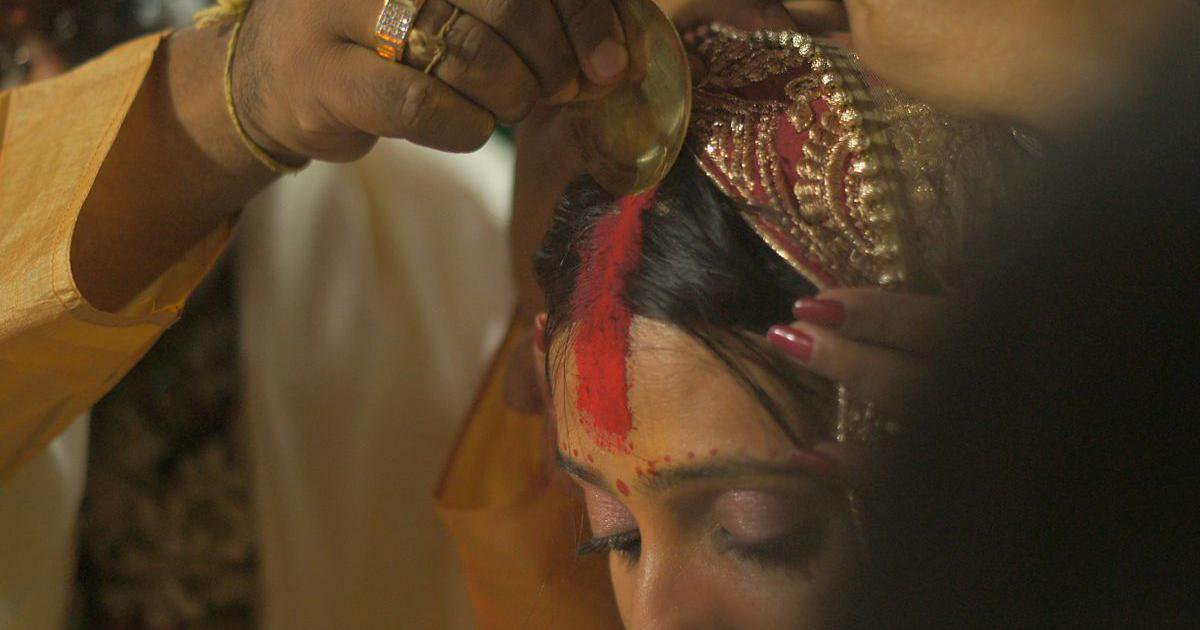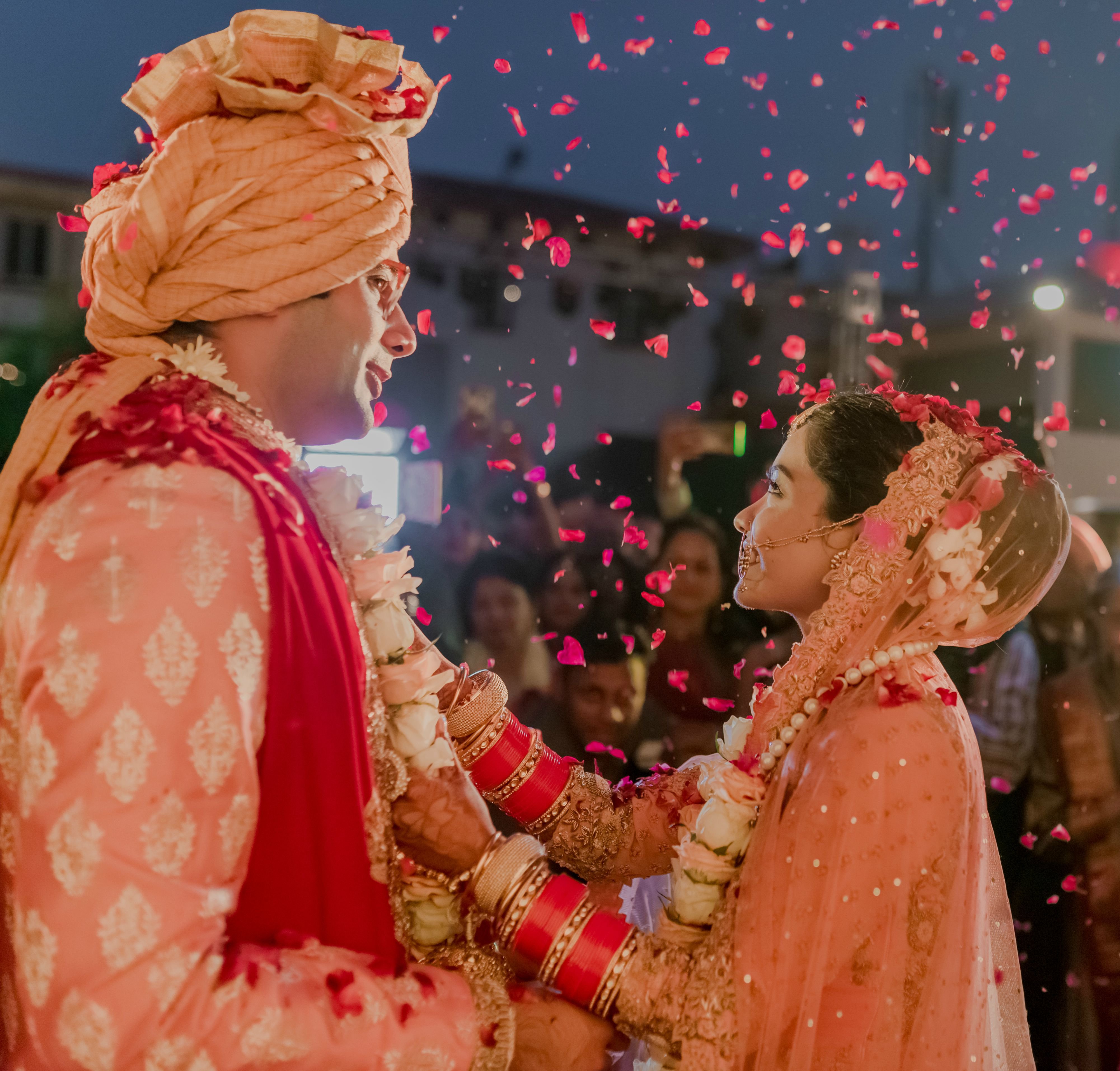A few years ago I got married to my boyfriend of 10 years. It was the most exhilarating experience I ever had and the happiest I’d ever been. And after the wedding, it was almost as if we had just had an extravagant party and we were back to our normal lives thereafter. Nothing changed. We were always in a loving relationship and we still are.
Except, people around were somehow hit by this strange fairy dust of social norms. Not even a week had passed and I was bombarded with questions by well-meaning acquaintances — “You don’t look married” or “Oh! You’re married? I would’ve never guessed”.
Each of these was always a little bit of a bummer. But my married-tinted glasses refused to be bogged down by this. I’d mostly just take it as an underhanded compliment from people who didn’t know better.
However, I couldn’t help but think that somehow my casual comfort-loving self had become property of the public domain as a signboard of my marital status. For some reason, I owed the public a visual cue that I am now ’taken’. Even removing my chooda (bangles) and scrubbing away my sindoor a day after my marriage seemed like an act of defiance. Whereas it was simply due to the fact that it was an unnecessary inconvenience that had no place in our modern-day existence.

Chooda or sindoor were never part of my overall aesthetic. And never would be unless on an occasion where wearing it comes naturally to me. Yet, I was miraculously supposed to adopt it overnight and pretend as if this was my new normal. My emotional investment in the marriage was somehow evaluated on the basis of it.
It seemed laughable for both me and my husband who was often termed as the saint or “joru ka ghulaam” for ‘letting me’ wear what I wanted to. But it never really took up any of our mind-spaces until we heard about this verdict from the high court in Guwahati. This is an excerpt of a now resolved divorce proceeding.
Under the custom of Hindu Marriage, a lady who has entered into marriage according to Hindu rituals and customs, and which has not been denied by the respondent in her evidence, her refusal to wear ‘shakha and sindoor’ will project her to be unmarried and/or signify her refusal to accept the marriage with the appellant. Such categorical stand of the respondent points to the clear intention of the respondent that she is unwilling to continue her conjugal life with the appellant.
A couple in Guwahati was recently granted divorce after a bunch of legal proceedings. Out of all the things that were taken into account by the court, one of the things they considered in the case was the woman’s refusal to wear sindoor or shakha (bangles) which apparently signified her unwillingness to accept the marriage.

Not only did this get me super exasperated, it made me reflect on every single time someone unwittingly pointed this out to me. Wearing sindoor and chooda made me feel no different about the marriage. In fact, it was a needless appendage which added no intrinsic value to my overall being. One that made me feel conscious and uncomfortable which is the opposite of what you’d want to feel in a happy marriage.
However, a literal court of law which is supposed to reason with irrationality accepted these as an absolute symbol of matrimony. Simply because according to Hindu law, her refusal to wear her marital symbols was somehow so untoward and perverse that it was treated as a rejection of the marriage.

I was still trying to wrap my head around these ludicrous happenings. But what was adding insult to injury was the fact that nothing, literally and absolutely nothing, was expected out of the husband. Not only is he under no obligation to wear jarring symbols of marital alliance, he has literally no expectation of changing his demeanour to ‘look married’.
If a woman is supposed to transform into a billboard why not the man? The sheer disparity in this enforced tradition proves how it is simply a byproduct of patriarchy to tie women down. Born in an era where women were genuinely considered property, it is nothing more than a proverbial signature on the documents of ownership. Today, it has no intrinsic value and certainly does not have any place in modern day.

In order to make a marriage work you need understanding, mutual respect, and love. A shakha, chooda, sindoor or mangal sutra forced down a woman’s throat can never make up for the lack of those. People or courts who believe this surely need to be rescued out of the 18th century and explained how these have nothing to do with a woman’s acceptance of marriage.

While several women do consider it a matter of beauty and pride. And it’s great if you do. But for many others, the pressure of ‘looking married’ is a real concern. To those women, as long as you’re both making the marriage work, you don’t owe anything to the world.
I for one, still get the occasional ‘compliment’ as well as ‘insult’ of not ‘looking’ married. I now make it a point to question it each time. So at least, little by little, this regressive expectation can fade away at least around my immediate circle, to start with.

















